Salvador: Circus arts, African culture inspire youth
Capoeira, music and circus schools encourage underprivileged children and adolescents to dream big in the capital of the Brazilian state of Bahia.
Founded in 1993 by musician Neguinho do Samba, Didá is one of Salvador’s most prestigious blocos afro alongside Ilê Ayê and Olodum. (Courtesy of Didá Music and Dance School)
By Ricardo Sangiovanni
from---Infosurhoy.com
18/10/2012
SALVADOR, Brazil – Hundreds of independent socio-educational programs use art education to shape underprivileged children and adolescents in Salvador, the capital city of Bahia, a state in northeast Brazil.
By Ricardo Sangiovanni
from---Infosurhoy.com
18/10/2012
SALVADOR, Brazil – Hundreds of independent socio-educational programs use art education to shape underprivileged children and adolescents in Salvador, the capital city of Bahia, a state in northeast Brazil.
Three of the programs – Picolino School of Circus Arts, Angola Slave Ship Capoeira Association and Didá Music and Dance School – have been running for two decades.
The three groups, which are among the city’s most successful initiatives, were the subject of the documentary “Rhythmic Uprising” (2008), co-produced by Brazil and the United States and directed by American Benjamin Watkins.
The documentary, which has been shown at special screenings and independent film festivals in various U.S. cities, has been screened in theaters as far as Thailand.
Yet, the initiatives that inspired the film face difficulties in trying to continue transforming destinies in Salvador.
The city is famous for being the capital with Brazil’s largest black community – 743,700, or 27.8% of the demographic’s population, according to the 2010 Census by the Brazilian Institute of Geography and Statistics (IBGE).
But it is precisely the group that accounts for the largest number of inhabitants that has the lowest income per capita in the city. An African-Brazilian in Salvador earns on average 3.2 times less than a white person, making this the greatest disparity among all 26 Brazilian capitals.
Founded in 1985 by educator Anselmo Serrat, Picolino School was created for young people from the city’s upper-class educational institutions. Gradually, however, Serrat realized the lessons on juggling, balancing and acrobatics had very healthy “side effects,” as the children became calmer, focused and social within a few months.
“I felt that it had huge potential for individual transformation,” he says. “There had to be a way to expand access to the circus to underprivileged children.”
Edi Carlos Santos de Souza, known as Binho, graduated from Picolino School of Circus Arts in Salvador, Brazil: “When I arrived, we had just lost our home in a landslide. Now, thanks to the circus, I was able to buy my own house.” (Tássia Novaes for Infosurhoy.com)
Starting in 1991, through a partnership with Projeto Axé – an NGO that takes children off the streets and guides them to educational projects – the first regular students from low-income families started to arrive.
The pioneer group was made up of 10 children who, before going to the circus, spent most of their time on the streets, washing windshields, begging for money and committing petty crimes.
Prejudice did not take long to emerge.
read more---
http://infosurhoy.com/cocoon/saii/xhtml/en_GB/features/saii/features/society/2012/10/18/feature-01
read more---
http://infosurhoy.com/cocoon/saii/xhtml/en_GB/features/saii/features/society/2012/10/18/feature-01











































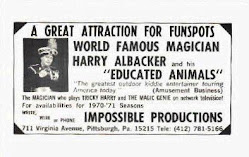

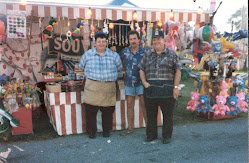




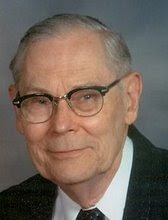
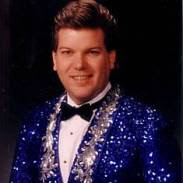






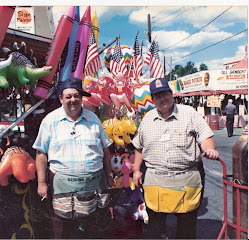
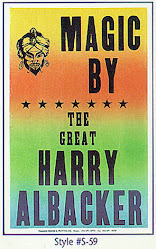















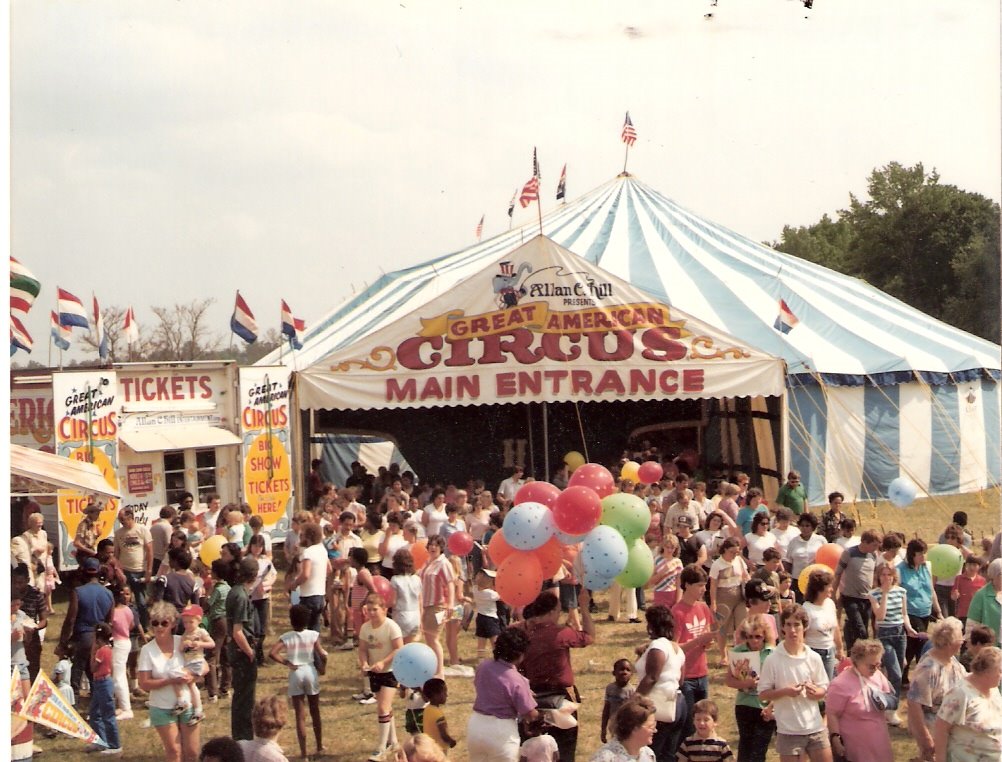









No comments:
Post a Comment